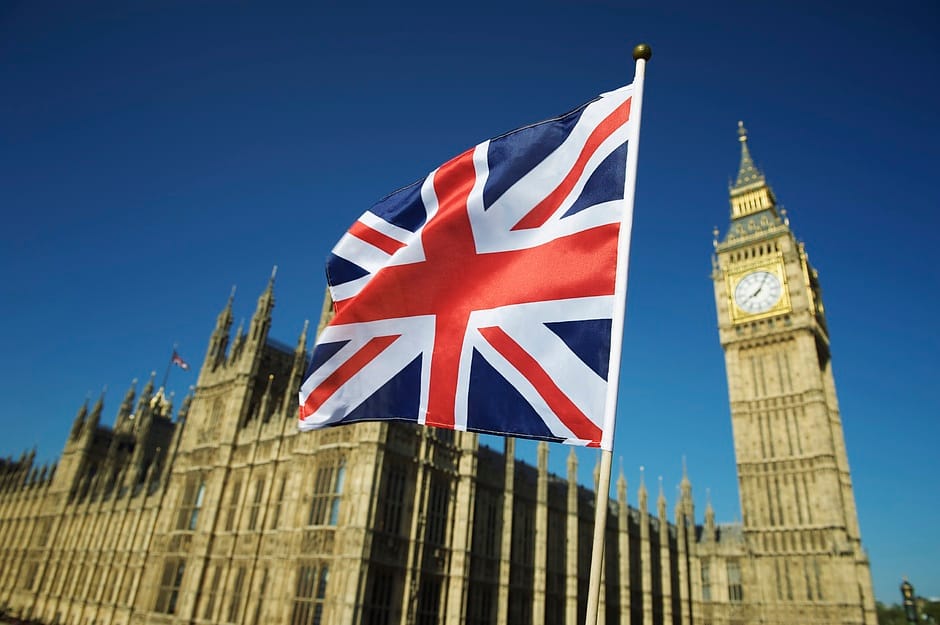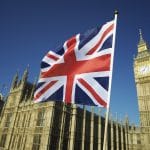UK, EU Move Toward Linked Carbon Markets and Unified Agri-Food Rules

• EU Council authorises negotiations with the UK on a shared agri-food SPS area and linked carbon trading systems.
• A joint ETS could unlock mutual exemptions from carbon border charges and curb leakage across the Channel.
• An aligned SPS regime would cut checks and costs for agri-food traders while preserving Northern Ireland’s dual-market access.
Brussels Authorises New Negotiations as EU-UK Relations Shift Toward Regulatory Convergence
European ministers have cleared the way for formal negotiations with the United Kingdom on two agreements that could reshape the post-Brexit economic landscape: a shared sanitary and phytosanitary regime for agri-food trade and the linking of the EU and UK emissions trading systems. The move, endorsed by the EU Council, follows political commitments made at the May 2025 EU-UK summit.
Officials framed the step as a practical attempt to ease long-standing friction points while building a structured approach to climate cooperation. Marie Bjerre, Denmark’s minister for European affairs, said the authorisation reflects the EU’s intent to convert political goodwill into operational outcomes, noting that both sides are seeking to lighten the burden on businesses and stabilise market conditions for consumers.
Agri-Food Traders Stand to Gain from an SPS Track Focused on Alignment
At the centre of the planned negotiations is an SPS agreement that would align Great Britain’s sanitary and phytosanitary standards with the bloc’s rulebook. For exporters, the prospect is significant: most certificates and physical checks for animals, plants, and related products would no longer be required at EU-UK borders.
Regulators say the approach would provide predictability at a time when agri-food supply chains continue to face high input costs, biosecurity concerns, and fragmented oversight. The framework would also interact with existing arrangements under the Windsor Framework, extending reduced-friction movements to Northern Ireland. That would preserve Northern Ireland’s access to the EU single market while maintaining its ability to trade freely within the UK internal market.
For C-suite leaders in food manufacturing, retail, and logistics, an SPS area framed around alignment rather than mutual recognition would substantially reduce compliance overhead. It would also bring inspection regimes closer to the integrated model that pre-dated the UK’s exit, though without reopening wider market-access questions.
Linking Carbon Markets Could Shape Europe’s Climate and Trade Architecture
The second track — linking the EU and UK emissions trading systems — carries weight beyond energy policy. A joint carbon market would allow allowances to be traded across jurisdictions and harmonise carbon pricing signals in sectors where cross-border competition remains intense.
Negotiators are expected to define coverage across major emitting sectors, including electricity generation, industrial heat, manufacturing, and both domestic and international aviation and maritime transport. The framework would need to outline how additional sectors may be incorporated over time to preserve incentive consistency and limit arbitrage.
For investors and corporates, a linked ETS would reduce regulatory divergence and stabilise planning for decarbonisation investments. It would also provide a clearer basis for asset managers assessing transition-risk exposure across EU-UK portfolios.
RELATED ARTICLE: Amundi Wins $635M UK Universities Fossil-Free Cash Fund Mandate
Implications for CBAM and Border-Policy Alignment
A linked carbon market could directly influence the operation of the EU’s Carbon Border Adjustment Mechanism. Goods from the UK could qualify for exemptions if carbon prices and compliance standards are aligned. The UK is developing its own CBAM regime, and a coordinated approach would reduce complexity for exporters on both sides.
This matters for industries reliant on high-integrity emissions data, including steel, cement, aluminium, fertiliser, and electricity. Executives in these sectors have pushed for clarity on how dual CBAM regimes would apply to intermediate goods flowing across the Channel. A joint ETS would simplify that landscape.
Governance, Timing, and What Executives Should Watch
The Council’s authorisation empowers the European Commission to begin negotiations immediately. Any resulting agreements would require Council endorsement before entering into force. That process will be closely scrutinised by national governments, industry groups, and climate-policy actors.
For corporate leaders, the negotiations point to several strategic considerations:
• Carbon-pricing alignment could influence long-term capital allocation in energy-intensive sectors.
• Agri-food simplification may reshape sourcing strategies and reduce operating costs for EU-UK supply chains.
• A clearer bilateral climate framework would offer more stable policy expectations at a time when global carbon-market design is becoming more fragmented.
Broader Global Relevance
The decision comes as major economies test new models for integrating climate policy with trade regimes. If completed, the EU-UK agreements would provide one of the most advanced cross-border ETS linkages in operation, offering a reference point for markets exploring climate-aligned trade partnerships.
For governments seeking to balance sovereignty with pragmatic cooperation, the negotiations will be watched closely. A successful outcome would demonstrate that post-exit relations between the EU and UK can evolve into a regulatory partnership with direct implications for carbon markets, border policy, and food-system resilience across Europe and beyond.
Follow ESG News on LinkedIn








